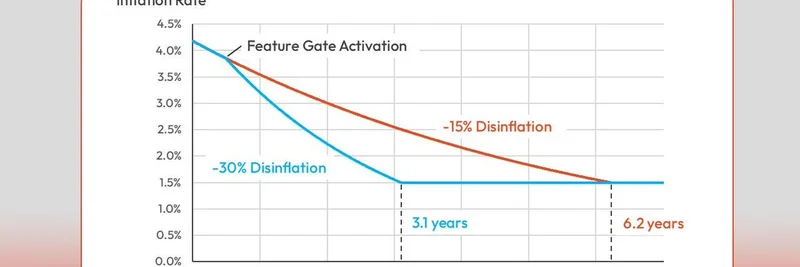In the fast-paced world of cryptocurrency, market cycles come and go, each bringing its own set of lessons and surprises. A recent tweet from MR SHIFT, host of the "When Shift Happens" podcast, captures a sentiment that's buzzing through the community: "Remember the 'last cycle’s top signals arent this cycle’s top signals because the industry is so much bigger now'? Yeah me too." This quip highlights a crucial shift in how we interpret market indicators, especially as the crypto space balloons in size and complexity.
For those new to the scene, let's break it down. In crypto, a "market cycle" refers to the recurring patterns of boom and bust—think the euphoric highs of bull markets followed by the sobering lows of bear phases. "Top signals" are those red flags that suggest the peak of a bull run is near, prompting smart investors to consider taking profits. In past cycles, like the 2017 ICO craze or the 2021 DeFi summer, common top signals included widespread media hype, celebrity endorsements flooding in, or retail investors piling into assets without due diligence.
But as MR SHIFT points out, the game has changed. The crypto industry isn't the niche playground it once was; it's now a multi-trillion-dollar behemoth intertwined with traditional finance, global regulations, and institutional players. This scale means yesterday's signals might not pack the same punch. For instance, what used to be a clear sign of overexuberance—like a surge in Google searches for "Bitcoin"—now reflects broader adoption rather than just speculative frenzy.
This evolution is particularly evident in the meme token sector, where virality and community drive value more than fundamentals. Meme tokens, those quirky assets inspired by internet jokes or cultural phenomena (think Dogecoin or newer entrants like PEPE), thrive on social media momentum. In earlier cycles, a meme coin mooning to absurd valuations often signaled a broader market top, as it indicated peak irrationality. Today, with billions flowing into decentralized exchanges and layer-2 solutions, meme tokens can pump independently without dragging the entire market down. They're like the wild cards in a deck that's grown exponentially larger.
Replies to the tweet echo this frustration and adaptation. One user notes, "Bigger industry, louder hype, same recycled signals," underscoring how human greed persists despite the growth. Another adds, "The signals have changed, so does the cycle," reminding us to stay vigilant. For meme token enthusiasts, this means looking beyond traditional metrics. Instead, monitor on-chain data like wallet activity on platforms such as Solana or Base, where many memes launch. Tools like DexScreener can help track liquidity and holder distribution, revealing if a token's hype is sustainable or just a pump-and-dump scheme.
As blockchain practitioners, enhancing our knowledge base is key. Dive into resources like CoinDesk for in-depth analysis or Dune Analytics for custom dashboards on meme token trends. Remember, in this bigger arena, diversification across blue-chip cryptos like Bitcoin and Ethereum, alongside selective meme plays, can mitigate risks.
The takeaway? Don't cling to outdated playbooks. The crypto world's expansion demands fresh perspectives. Whether you're trading memes or building on-chain, adapt to the new signals—because as the industry grows, so must our strategies. Stay informed, stay agile, and who knows? This cycle might just redefine what's possible in blockchain innovation.


